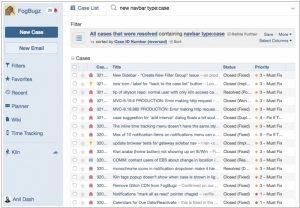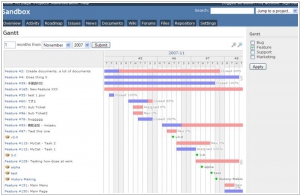FogBugz vs Redmine
May 17, 2023 | Author: Michael Stromann
See also:
Top 10 Issue and Bug Trackers
Top 10 Issue and Bug Trackers
FogBugz and Redmine are both popular project management and issue tracking tools, but they differ in their features and target audience. FogBugz is known for its simplicity and user-friendly interface, providing features like bug tracking, ticket creation, and basic project management functionalities. It includes collaboration tools, time tracking, and a built-in knowledge base. FogBugz is designed for teams seeking a straightforward and intuitive solution. On the other hand, Redmine is a more robust and customizable tool that offers a wide range of features, including issue tracking, project management, time tracking, wikis, and version control integration. Redmine is favored by teams that require extensive customization options and the ability to adapt the tool to their specific workflows.
See also: Top 10 Issue Trackers
See also: Top 10 Issue Trackers
FogBugz vs Redmine in our news:
2014. Redmine 2.5 impoves custom fields
Redmine, a versatile web application for project management developed using the Ruby on Rails framework, has released its latest version - Redmine 2.5.0, which is now available for download. This update brings numerous enhancements to custom fields formats, including support for text formatting, HTTP links, and more precise selection options for user and version custom fields based on roles and version status. The custom field format API has undergone a complete rewrite, so if you have any plugins that interact with it (e.g., those adding non-standard field formats), it is necessary to update them before proceeding with the upgrade. Additionally, this version introduces experimental support for Markdown formatting, a widely used syntax for text formatting.





